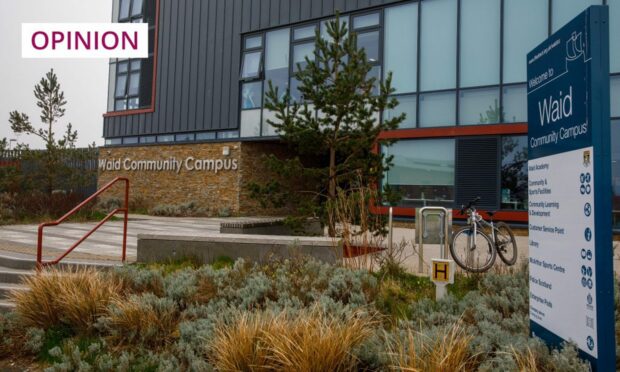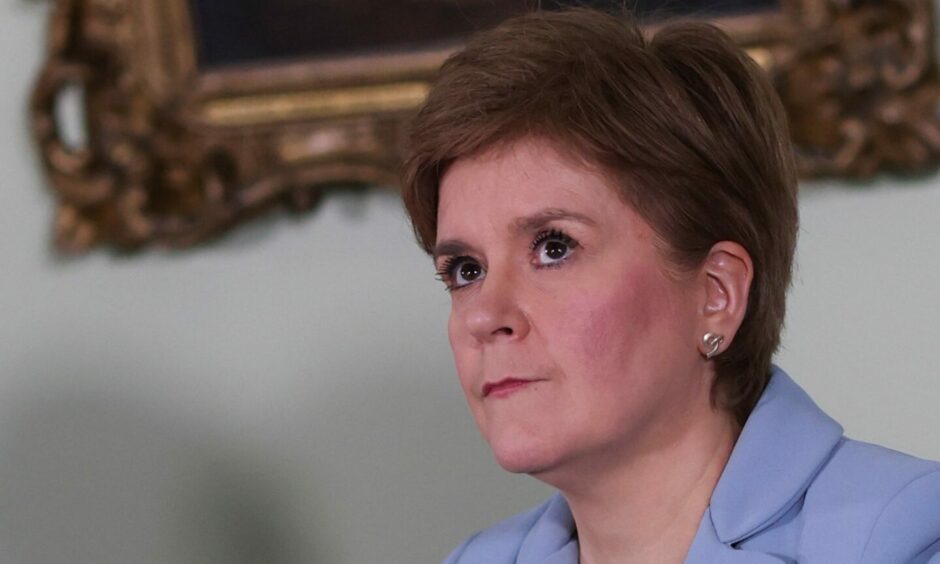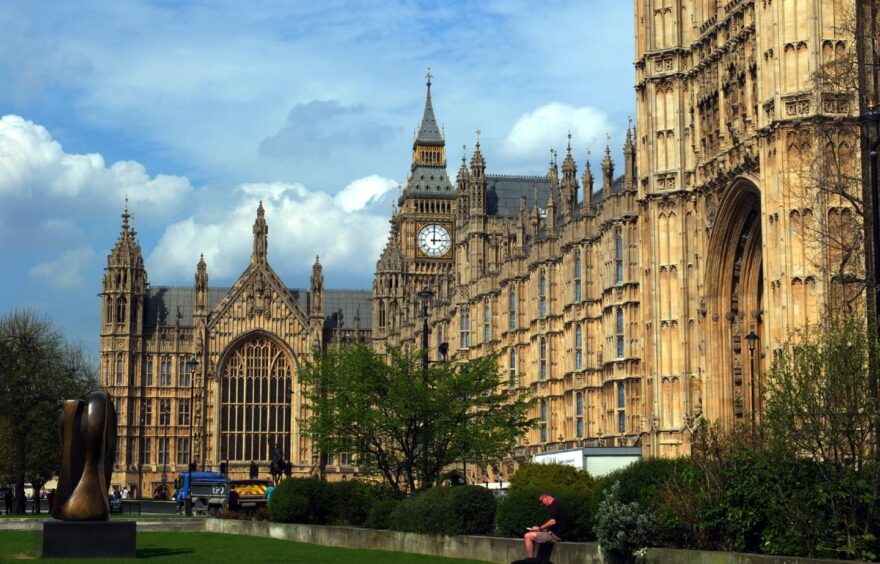Once seen, you can’t unsee it. And nor should we let it fade from our minds, given the seriousness of what occurred and the fears raised.
I’m talking about the social media video of the assault that took place in a classroom at Waid Academy in Anstruther.
The footage of the girl attacking a fellow female pupil, including a brutal kick to the face, will stay with me.
Willie Rennie, the local MSP, was right to raise the issue at First Minister’s Questions last Thursday, both because of the severity of the incident and broader concerns about violence in schools.
Understandably, he wanted to know what action the Scottish Government is taking across the country.
Perhaps unavoidably, Nicola Sturgeon could only provide a relatively general answer, not least because she hadn’t seen the video at that point (on Monday, the first minister revealed she had watched the footage and called it “sickening”).
The first minister informed MSPs of work that is under way.
The education secretary, Shirley-Anne Somerville, met with the Convention of Scottish Local Authorities last December to discuss what further support councils require.
They agreed to continue working together through the Scottish advisory group on relationships and behaviour in schools, and to use research findings to inform future policy in this area.
An additional £15 million is being invested this year “to enhance capacity in education authorities and schools to respond effectively to the needs of children and young people.”
Fair enough, but I suspect everyone involved in these efforts knows that much more needs to be done.
Will wee boys and girls being taught to respect each other help prevent the attitudes that foment violence?”
As well as trying to cure the disease of violence, we need to be every bit as focused in seeking to stop it manifesting itself in young minds in the first place.
The primary school in Inverclyde that my two children go to strives to be “five-star”, by which it’s meant that it fosters the following five values: Try your best. Be kind. Be fair. Look after your school. Be safe.
I have to confess that part of me reacts against this kind of thing, mentally bracketing it alongside the singing of Kumbaya to a tambourine accompaniment.
That may have something to do with being a middle-aged Scottish male, with all the cynicism that engenders, in which case I plead guilty on all three counts.
However, we need to lay our scepticism to rest, or at least not inflict it on young people. Adults could learn from our children in striving to live by such values.
Will wee boys and girls being taught to respect each other help prevent the attitudes that foment violence? I don’t know, but it must surely be worth the attempt.
We need to summon the collective will to do this inside and outside school.
Talking more about the consequences of violence
The incident at Waid Academy may be extreme, but it reflects a wider pattern of abuse both there and in other schools.
A boy was reportedly knocked unconscious at the school in a fight on the same day as the other attack.
A mum is home schooling her daughter after bullying and beatings at Glenrothes High.
An investigation by The Courier’s social media team identified 70 public pages on Instagram and TikTok set up to promote violence and bullying in secondary schools in Fife and Tayside.
Goodness only knows what is going on in private accounts. It seems reasonable to assume that the picture is similar elsewhere in Scotland.
We can probably all recall examples from our own school days of nasty things done by some pupils, so let’s not make the mistake of imagining that everything bad happening now is new.
We also need the Scottish and UK governments to co-operate on this, genuinely and substantively.”
But it may well be that social media is encouraging baser behaviour, and in turn increasing its visibility. In any event, none of us can pretend it isn’t happening.
We need to hear from the experts, both in terms of the extent of these problems and what the most effective solutions are.
Scotland’s Violence Reduction Unit has done excellent work in reducing knife crime, which had reached the stage of Glasgow being Europe’s “murder capital”.
As a national centre of expertise, preventing violence in the classroom is part of its mission.
The Medics Against Violence charity has a programme that takes clinicians into Scottish schools to talk to young people about the consequences of violence and how to stay safe. More resources for both would help.
We also need the Scottish and UK governments to co-operate on this, genuinely and substantively.
While Holyrood is responsible for education, Westminster should review its Online Safety Bill in light of these revelations, and force social media companies to remove hateful and violent content.
When it comes to protecting our children, Scotland can and must do better.













Conversation